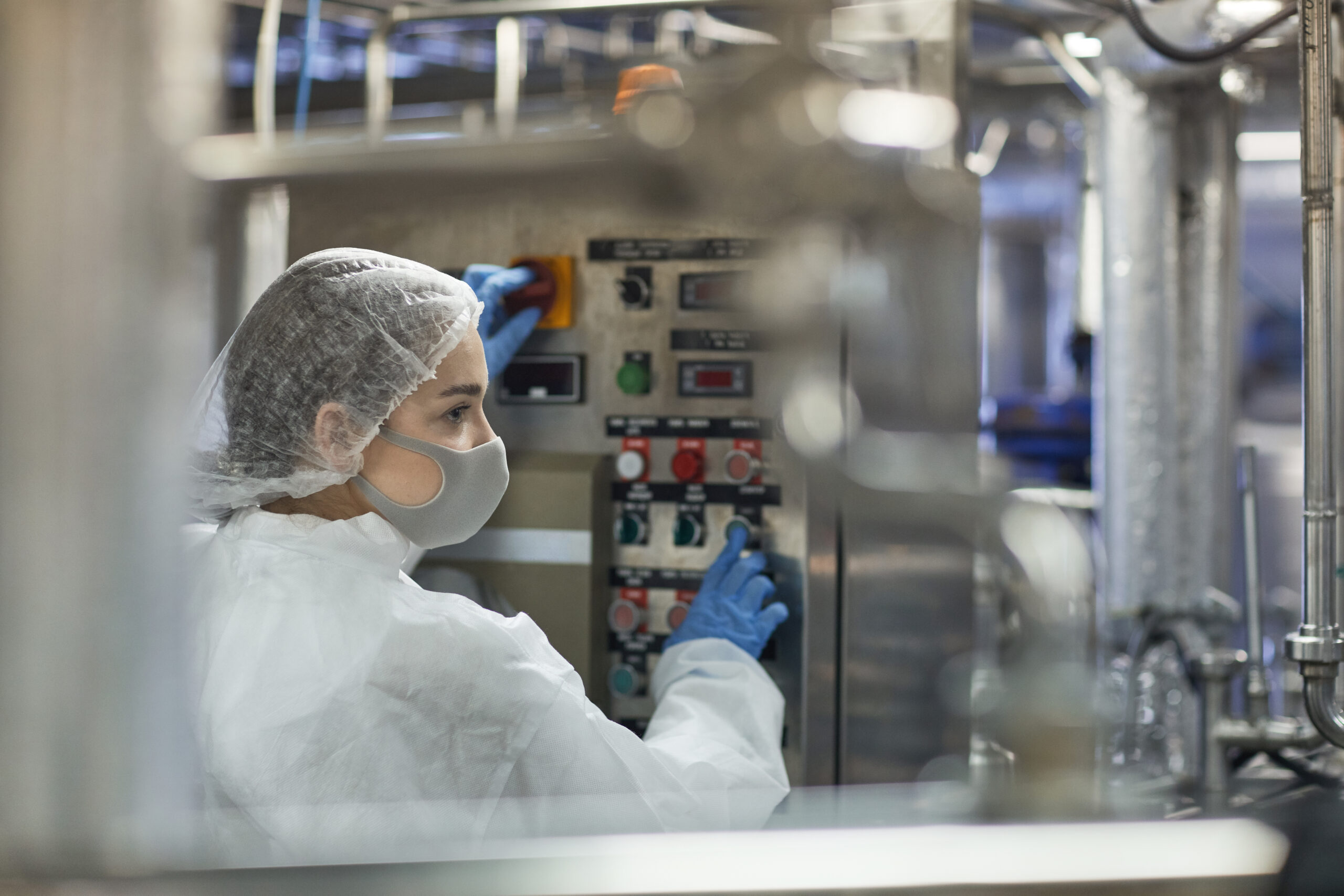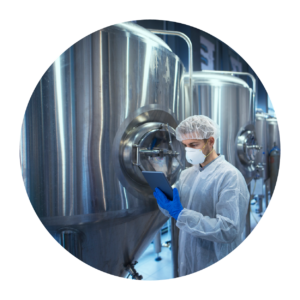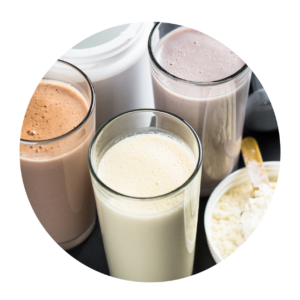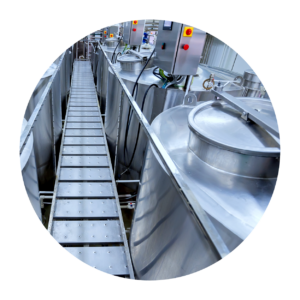WHEY PROTEIN HYDROLYSATE


Whey protein hydrolysate is a type of protein supplement that is made by breaking down whey protein into smaller peptides or amino acids. This process, known as hydrolysis, is typically carried out using enzymes or acids to break the protein down into smaller, more easily digestible components.
Whey protein hydrolysate is often marketed as a fast-absorbing, easily digestible form of protein that can help support muscle growth and recovery. It is a regular part of hypoallergenic infant formulas, and medical nutrition products, due to the ease of absorption. Research suggests that whey protein hydrolysate may be particularly beneficial for athletes and bodybuilders looking to support muscle growth and recovery, as well as for older adults who may have difficulty digesting and absorbing protein.


There are many other types of hydrolysates besides whey protein hydrolysate (WPH). Here are a couple examples:
These are just a few examples of the many types of protein hydrolysates that exist. Each type of hydrolysate has its own unique properties and applications.
Whey protein hydrolysate is made from whey protein, which is a byproduct of cheese production. The process of making whey protein hydrolysate involves the following steps:


Whey protein hydrolysate (WPH) has several potential benefits and applications. Here are some of the most notable ones: